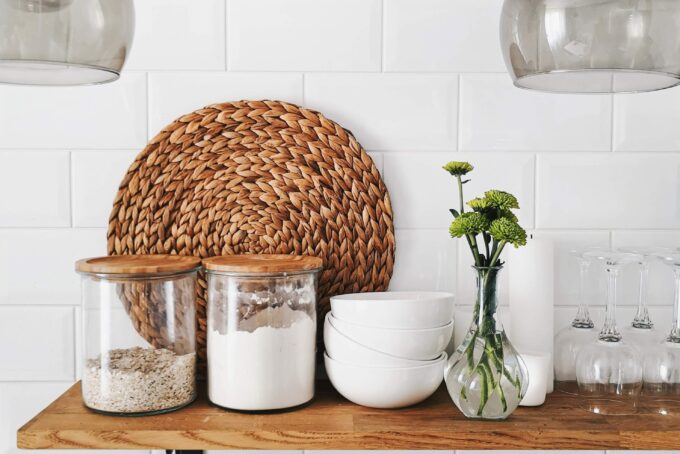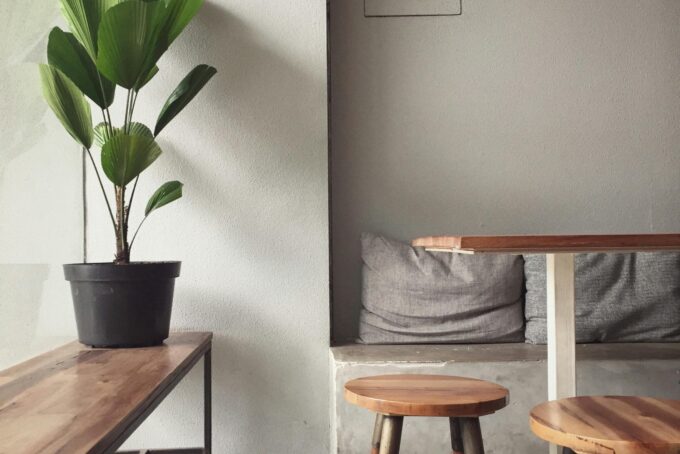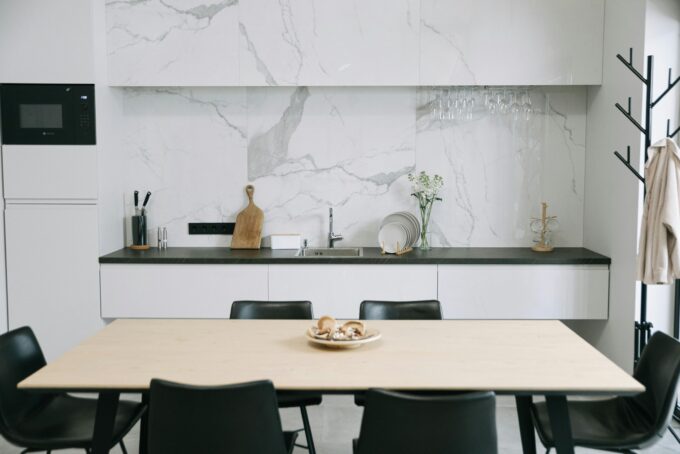Have you stared longingly at that unused space in your backyard wondering if it could be so much more? For example, a tiny home to generate extra income or an expansion on your current home to build out that studio you’ve always wanted. So, how do you decide which type of addition will effortlessly complement your home? Here’s what you should consider before breaking ground.
Reflect on Your Lifestyle Needs and Wants
You might already have figured this part out, but it all boils down to what you want to use this new space for. Do you need an escape spot where you can sip on your favorite brew while ignoring the mountain of laundry? Or maybe you’re on the hunt for a space where you can finally start that side hustle. It’s also important to analyze the space you have. Not every yard invites a full-blown guest wing. It’s easy to get carried away with the dream of your addition—until the costs sink in.
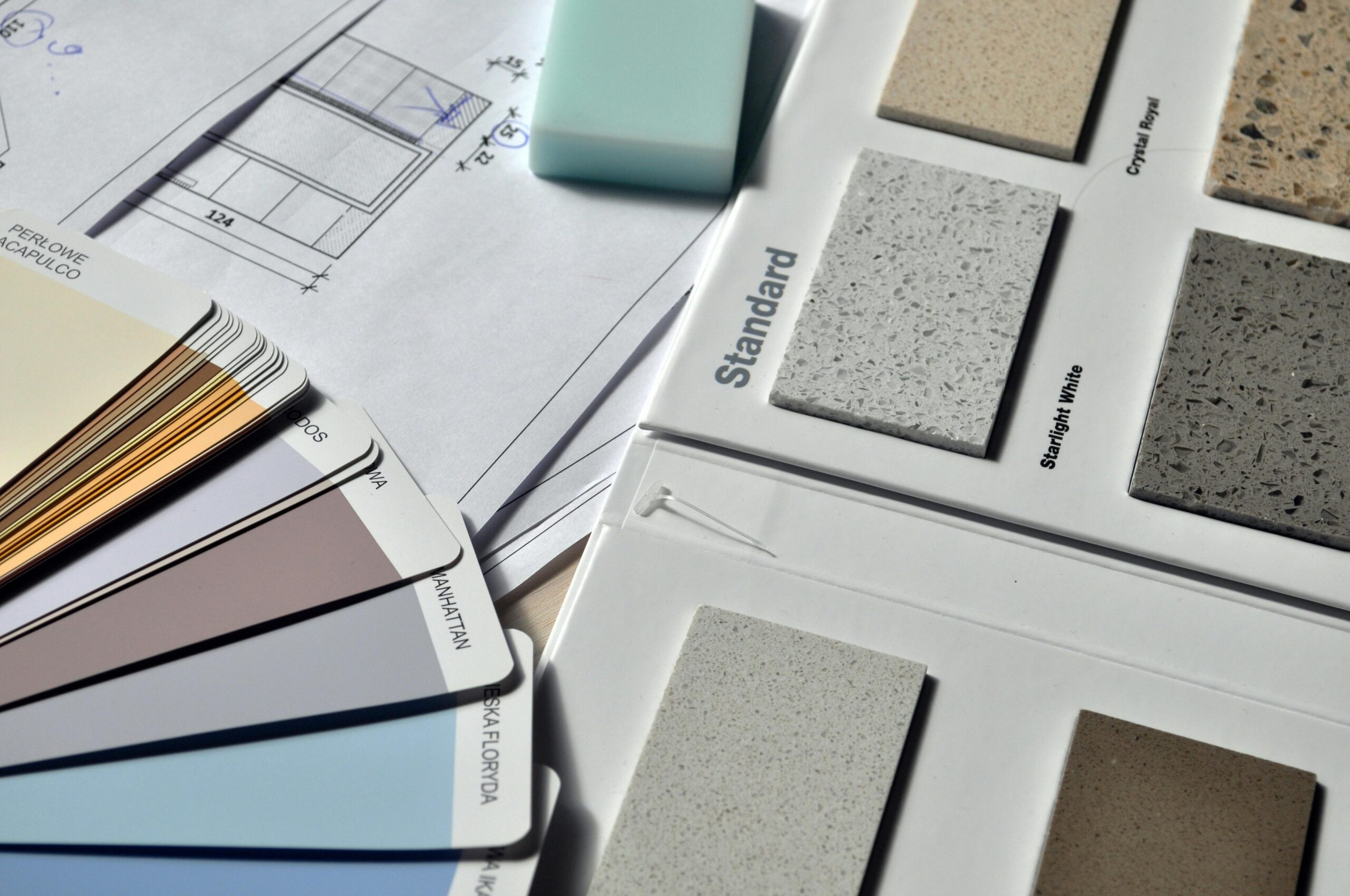
Types of Common Home Additions
If you’re trying to decide what makes the most sense, you have a few options to consider. Each caters to different needs, preferences, and spatial dynamics. Here’s an overview of some common types:
- Room Additions or Bump Outs: Ideal for when you’re craving just a bit more space in a specific area, like extending the kitchen or adding a breakfast nook.
- Sunrooms or Conservatories: These glassed-in additions bring the outdoors in, offering a sunny retreat without leaving the comfort of your home.
- Second Story Additions: For those not shy of going vertical, adding a second story can drastically increase your living space without encroaching on your backyard.
- Garage Conversions: Transforming a garage into a living space is a savvy move for those needing an extra room without altering the house’s footprint.
- Accessory Dwelling Units (ADUs): Known as granny flats or in-law suites, ADUs are self-contained units on the same property, perfect for guests or as rental opportunities.
Addition Inspiration
You have all this extra space, so where do you even begin deciding what to do with it? Here are a few ideas to help ignite your imagination.
The All-Season Sunroom
A sunroom is perfect for those who want to welcome a little more natural light or enjoy being close to the outdoors all year round.
The Extra Bedroom
If you love to host, feel cramped when family comes to visit or are looking to expand a family of your own, adding an extra bedroom can give more accommodations so everyone’s comfortable.
The Home Office
Working from home has plenty of challenges. If you’re finding yourself having a hard time with distractions or need more space to separate your work from play, a home office might be worth the investment.
The Expanded Kitchen
You have an idea for a dream kitchen, but your current space has its restrictions. A new kitchen can help open up the space to create the thriving heart of your home that you’ve always wanted.
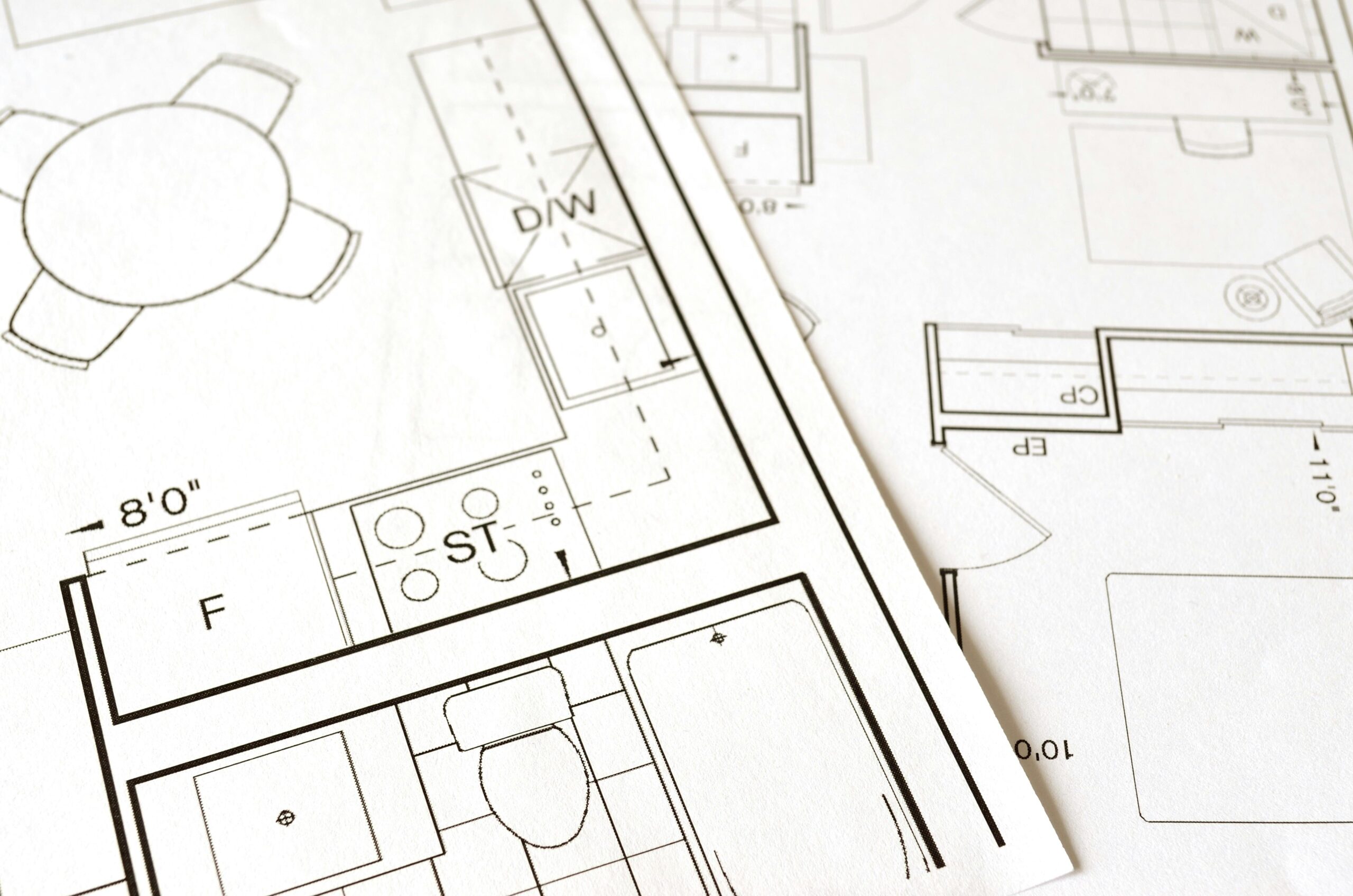
Budget Accordingly
Since an addition is a much bigger feat than renovating a bathroom or redoing your kitchen cabinets, the price point is most likely the biggest deciding factor. On average, it will run you around $46,000 but can range between $21,000 and $73,500, depending on what you have in mind as well as materials. Here’s what else you should consider:
Factor in the potential ROI.
This may be your forever home, but in case it’s not, be sure to think about the not-so-distant future when you might trade up for a new pad. Functional spaces like extra bedrooms or bathrooms might be more attractive to potential buyers than a fully sound-proof music studio, so weigh your intention with what you plan to do with the space carefully.
Understand the legal implications.
Zoning laws and building codes are part of the process. Check your local guidelines for what’s acceptable and what’s not, and if necessary get an inspection done to confirm you’re allowed to do what you plan with the space. Otherwise, you could face serious fines and even removal by the city.
Consider your neighbors.
It never hurts to be on the good side of your neighbors. When laying out the plans for your new addition, look at the surrounding area and how it could affect your neighbors. Is it blocking any of their sunlight or encroaching on their views? It might even warrant a friendly conversation just to give them a respective head’s up.
Prepare for lifestyle disruption.
With construction comes noise, dust, and a side of inconvenience that could go on for months as your project gets completed. This is also a conversation you might want to have with your neighbors, just to keep the lines of communication open and have good relations.
popular posts

Which 5 U.S. States Rank the Highest for Bed Bugs?
by Brittni Williams | March 13, 2024
Spaces
Whether it’s luxury or ease, every area of your home should be as fabulous and unique as you.
FOLLOW ALONG ON INSTAGRAM
#homeandtexture
Find us on social for more home inspiration where culture, personal style, and sophisticated shopping intersect to help you create a home where you love to live.




